As we all know, Grinnell is a haven for independent interest in many different disciplines. Classes such as Phy-116–The Universe and Its Structure, better known to some as “Stars for Stoners,” have long been part of the curriculum, but so has an independent study class taught by Associate Professor of Chemistry Lee Sharpe.
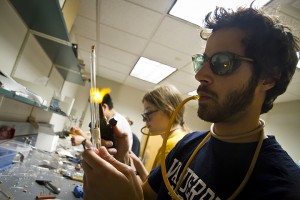
The class, CHM-397–Scientific Glassblowing, has been offered at Grinnell for over 20 years and remained safely hidden from the course catalog due to its status of independent study.
Originally it was nothing more than an informal class without any credit or status taught by Sharpe, but in recent years it has been listed as a 2-credit independent study.
“I used to do it not as an independent, just have people meet, but it works pretty well and [now] they get two credits,” Sharpe said.
The class itself dates back to Bill Oelke, who taught it before Sharpe came to Grinnell. It even has its own room in Noyce basement.
The class, separated into two sections this semester, is mainly designed as a skill-building course for chemistry majors, and the occasional biological chemistry major interested in graduate school. Sharpe himself learned scientific glassblowing in undergraduate and graduate school but refrains from using the same teaching methods as one of his professors, who would smash the student’s work on the counter and judge it by the force required to destroy it.
“He’d just hand back the broken piece and say, ‘That’s good’,” Sharpe said.
The objective of the class is to ultimately build a condenser, a tool used for distillation. Along the way, students learn how to fix small holes and the like in glass instruments—a skill that can save a lot of money since chemical instruments are expensive.
Although the class deals with scientific glassblowing, one or two students have burgeoned creative in years when glass-blowing was offered in the fall.
“They get artistic and make…ornaments for the tree,” Sharpe said.
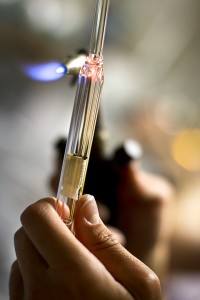
While some students can easily make not just Christmas tree ornaments but Erlenmeyer flasks, all students start small.
“The first thing is just how to light the torch and that’s more interesting than you’d think,” Sharpe said, somewhat mystically.
Despite its long history, the class has been spared from major accidents.
“Well, there have been lots of little burns and cuts,” Sharpe said, adding that aside from minor incidents, nothing harmful has ever happened.
Although students are allowed to use the room after the class period ends, Sharpe advises the students to go with another person, in case anything does go wrong.
“Glassblowing, I think, is a very useful skill,” Grant Hisao ’11, a student in the class, said. Other students agree, it is, in fact, something like a craft.
“Years ago I heard lore of a Professor Sharpe’s glassblowing glass” Shyam Deshpande ‘11, another student in the course, said. “It just sounded like a fantastic opportunity, something that sort of links the science curriculum…to a little more artistic, hands-on skill. And it’s a good opportunity to set things on fire. “





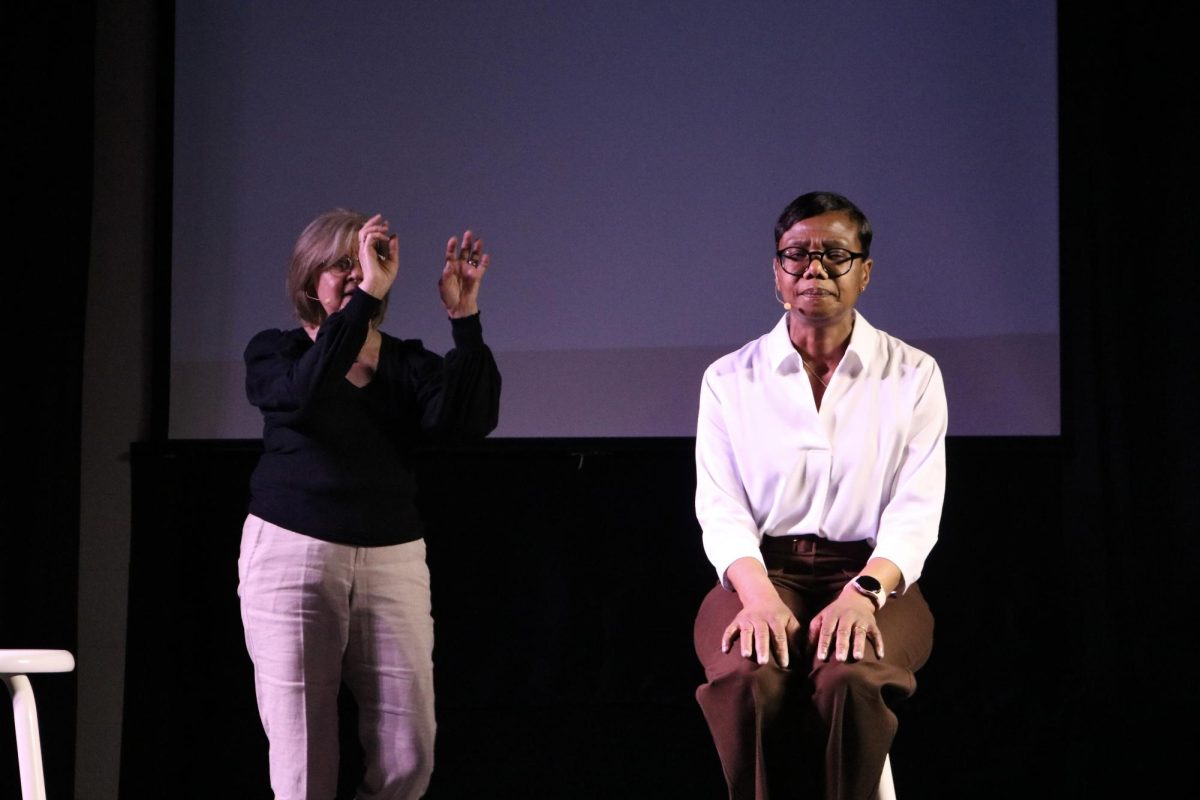



















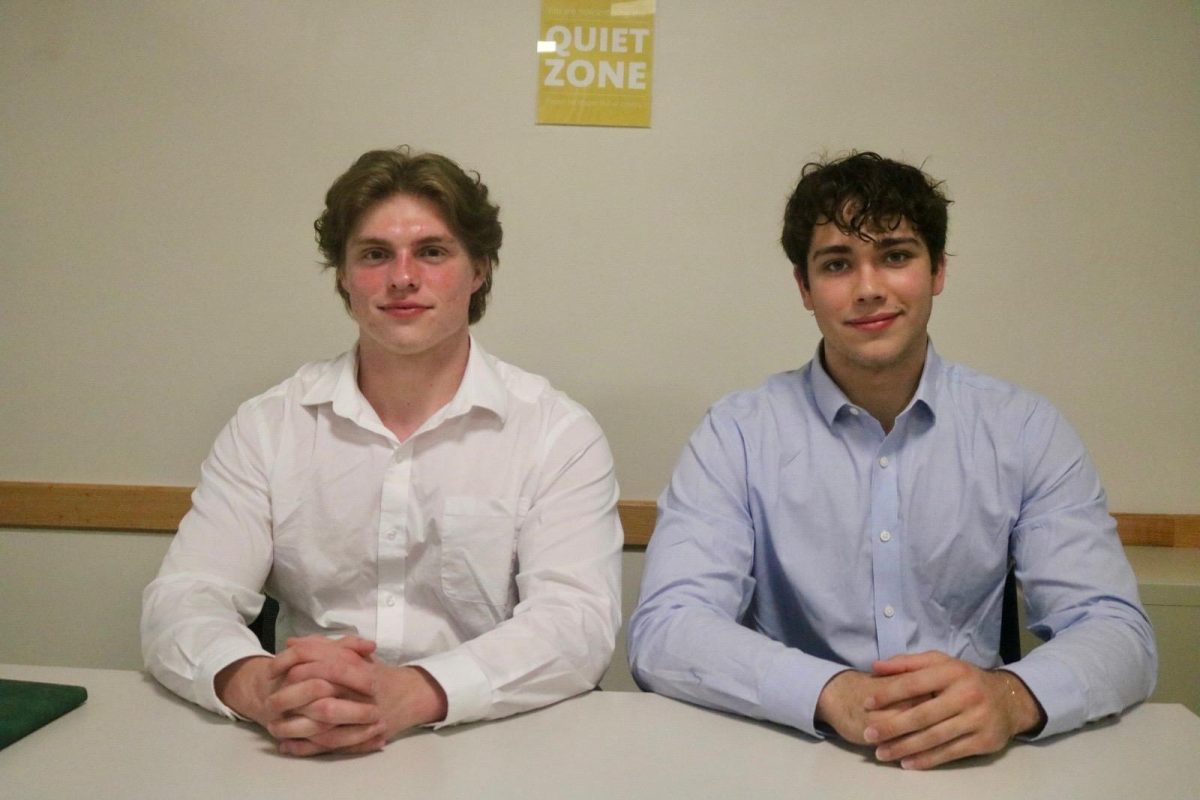























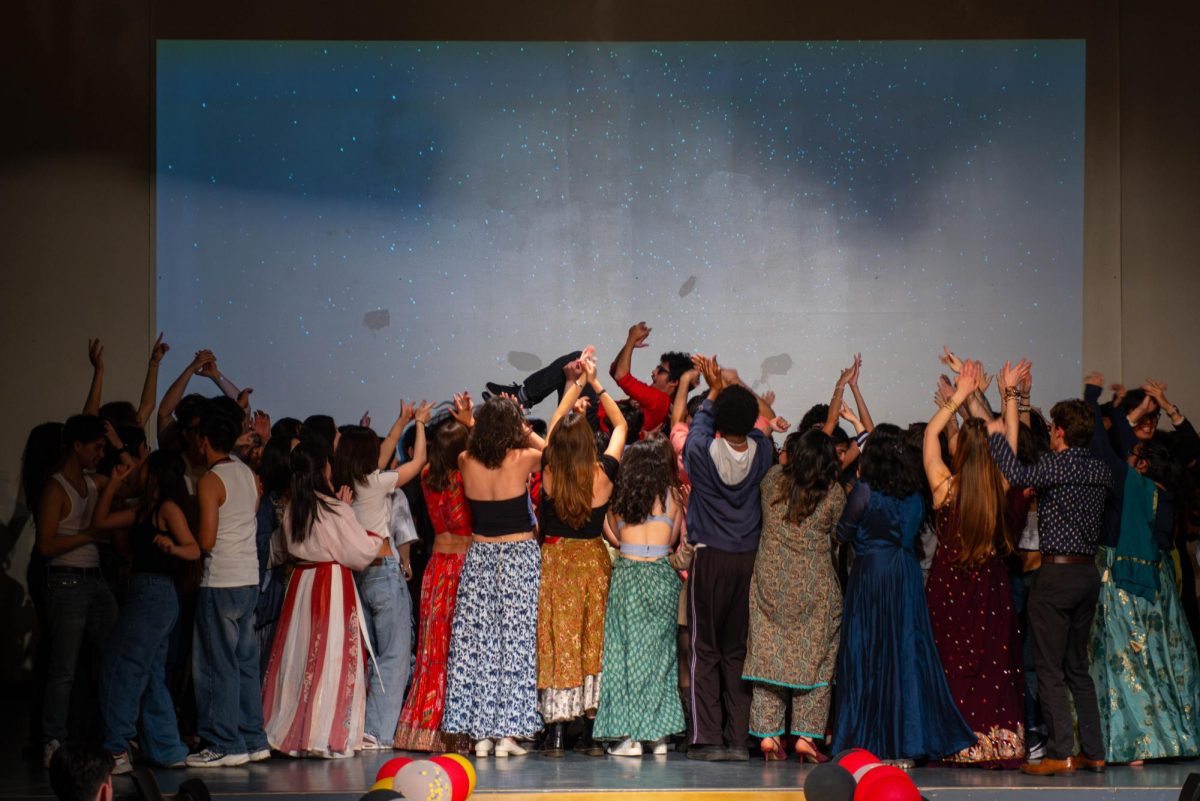
siva sankaraiah malli • Dec 8, 2014 at 6:44 am
Dear sir/Madam,
I would like to join glass blowing courses
please guide me I AM FROM INDIA
al sebaa • Nov 22, 2012 at 8:06 am
Hi
I want to learn scientific glassblowing
If possible help me to get to places offering training courses in this craft.
thanks